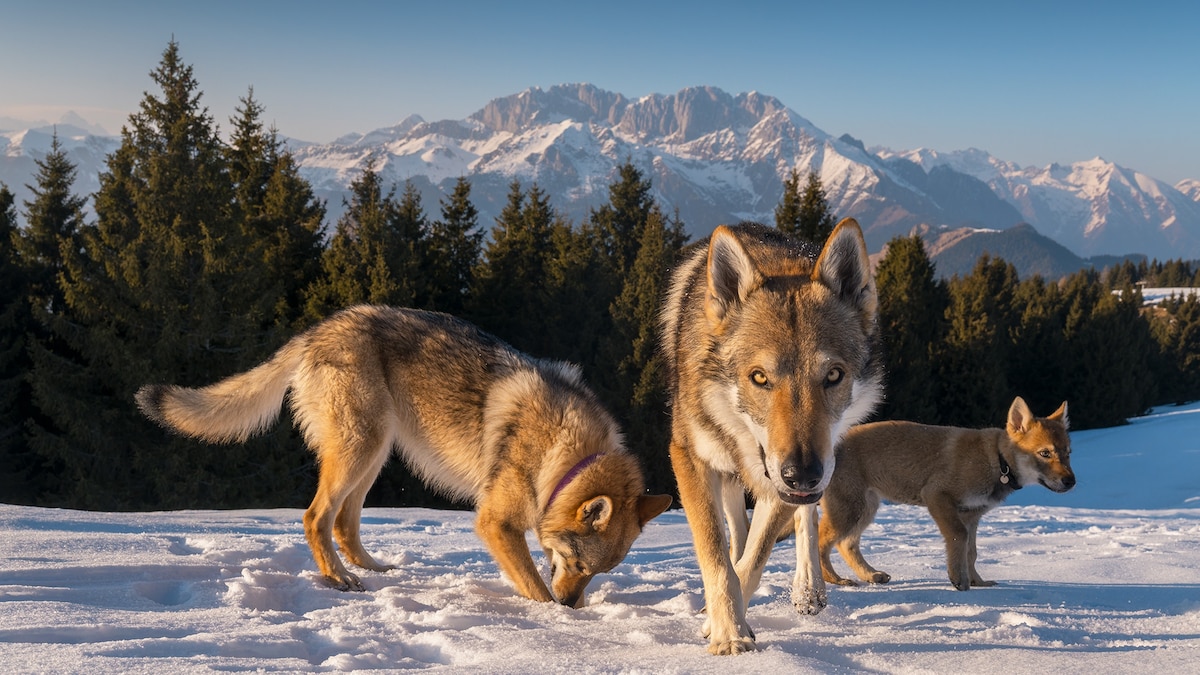Now Reading: Rising Demand for Wolf-Dog Hybrids Sparks Concern
-
01
Rising Demand for Wolf-Dog Hybrids Sparks Concern
Rising Demand for Wolf-Dog Hybrids Sparks Concern

Fast Summary
- Background: Czechoslovakian wolfdogs, hybrids of German shepherds and Eurasian wolves, were bred for military use but now serve as exotic pets worldwide.
- Popularity Surge: Demand boosted by social media trends and shows like Game of Thrones, with prices reaching €2,000 in Italy.Sales have increased from hundreds to over a thousand annually.
- Ethical breeding Concerns: In Italy, laws regulate domestication through DNA testing and generational interbreeding documentation. Illegal practices such as smuggling wolves to produce hybrids exist despite law enforcement stings (e.g., operations Ave Lupo in 2017).
- Hybridization Risks:
– Wild wolf-dog hybrids threaten grey wolf conservation efforts in Europe.
– Slovenia reported up to 70% hybrid wolves; Croatia exhibits even higher rates due to stray dogs interbreeding with wild wolves post-war displacement.
- Global Contrasts: In North America, up to tens of thousands of wolfdogs are kept as pets; loose regulations increase challenges for owners who often underestimate the breed’s wild nature. Sanctuaries frequently rescue abandoned animals deemed too difficult by owners.
- Conservation Implications: Hybridization compromises conservation efforts by blending domestic traits into endangered populations.
Indian Opinion Analysis
India stands at a crossroads regarding animal biodiversity protection and regulation of domestic breeds-not unlike the debates emerging across Europe and North America about hybrid dogs like Czechoslovakian wolfdogs. While illegal wildlife trade has roots globally including India, this case emphasizes that ecological repercussions extend beyond direct exploitation. interactions between feral or stray animals with native species may accelerate unintended hybridization and complicate preservation goals-a pertinent issue given India’s large stray dog population coexisting near forested areas with rich fauna.
Should India face similar challenges involving canids or other species prone to hybrid behaviors under human influence, robust policies mandating genetic monitoring could safeguard natural biodiversity as technologies advance-expanding vigilance across environmental borders rather than solely focusing on sanctuaries/reserves alone.
Concurrently accountabilities must inform ownership culture steeped responsibility aligned safety alongside ecological respect thus cautionary storytelling parallels highlight how better equitability balance roles species societal structure facilitate mutual adaptation sustainable spaces ultimately shaping future pathways .

























